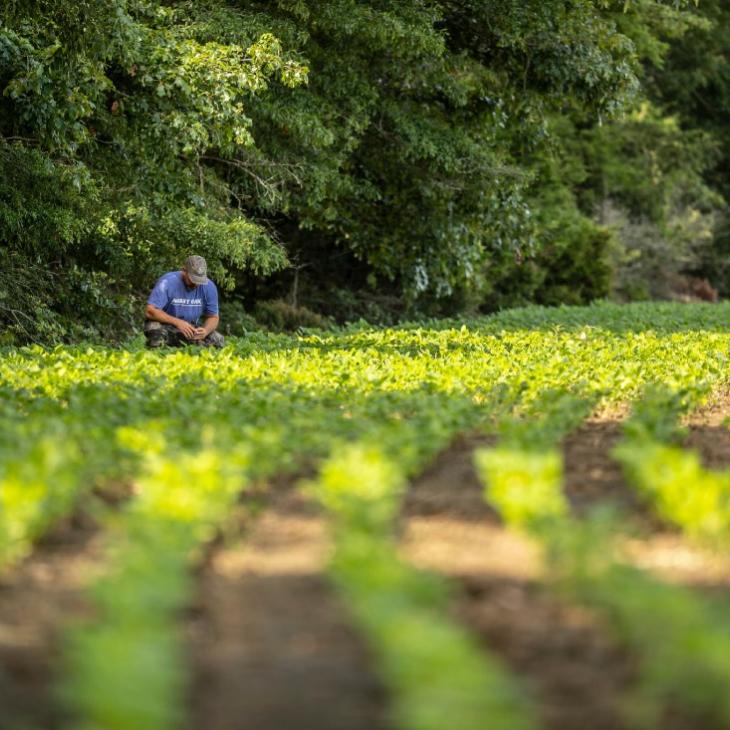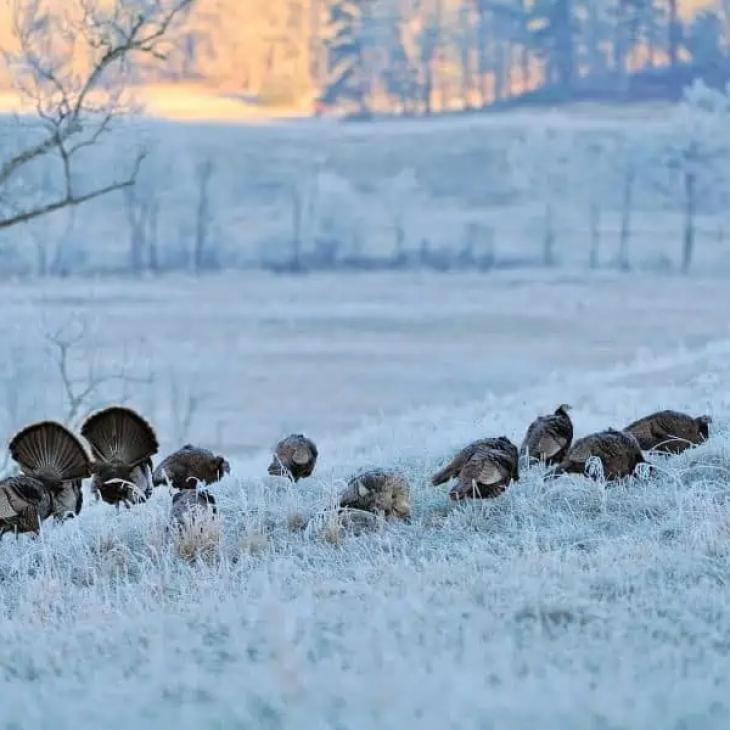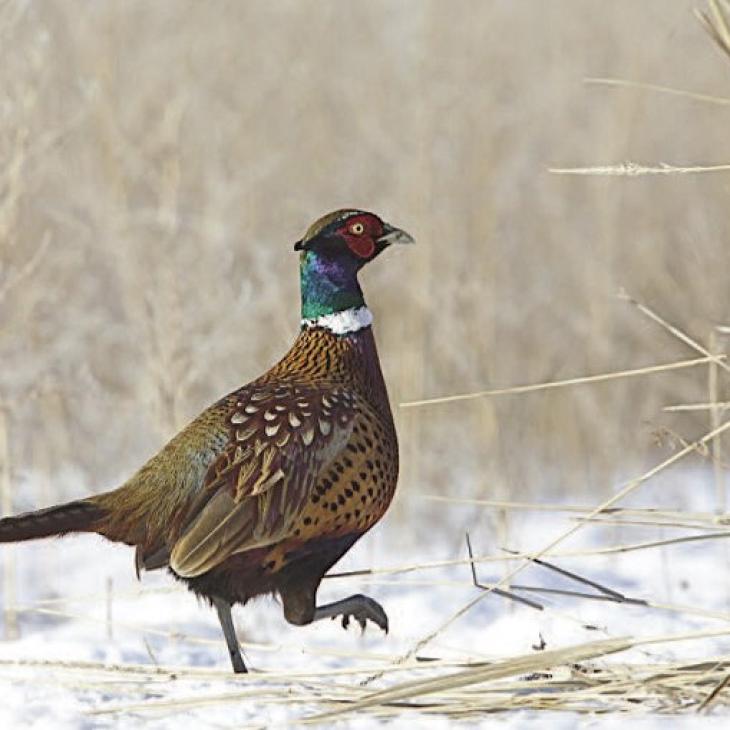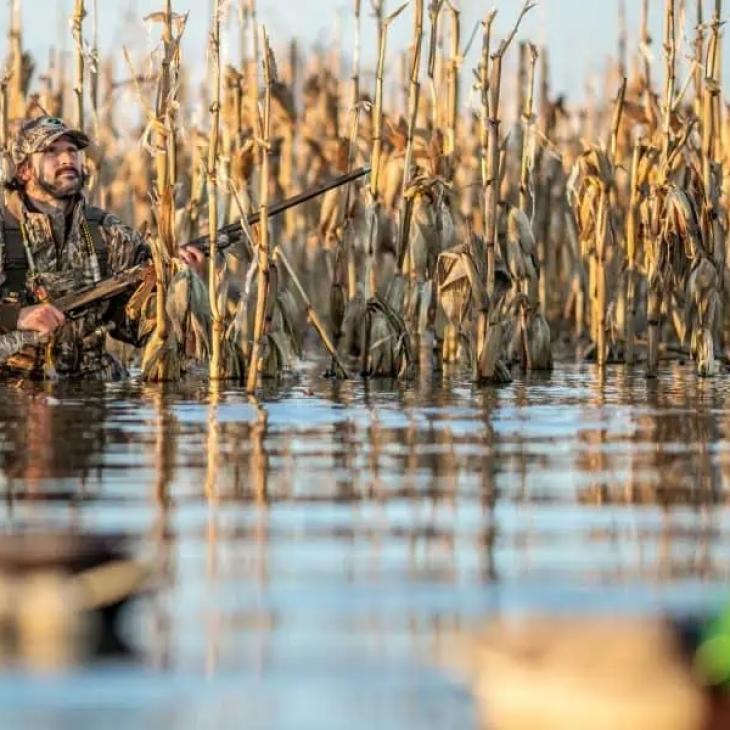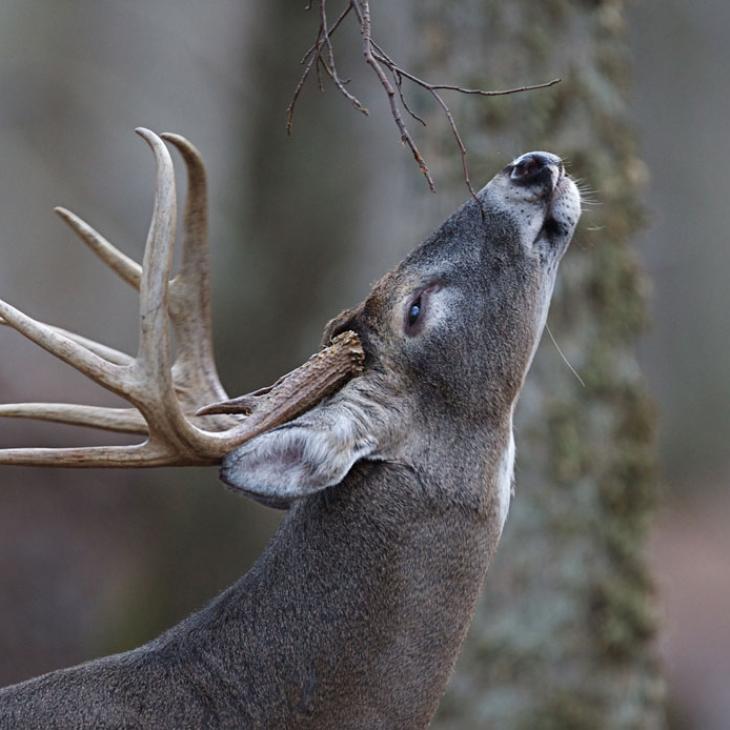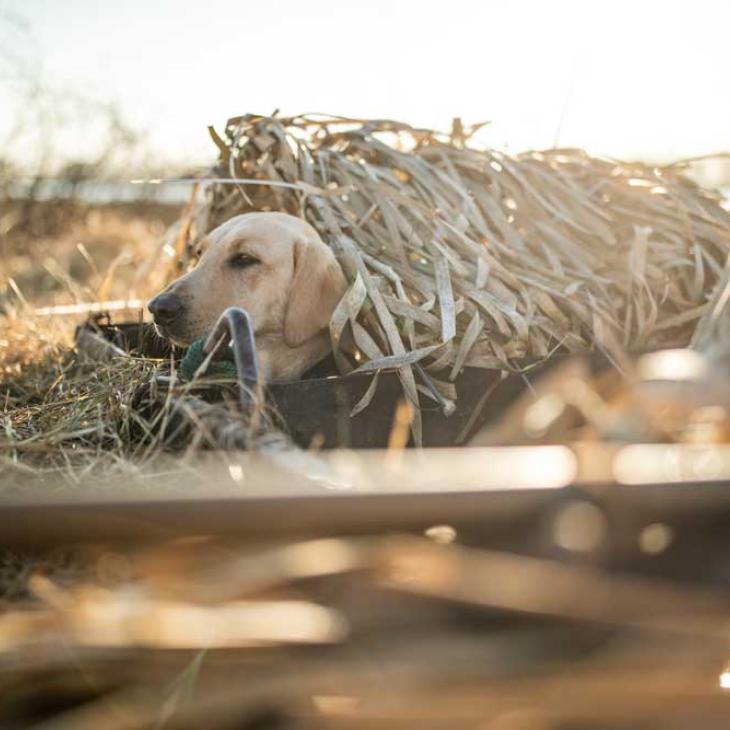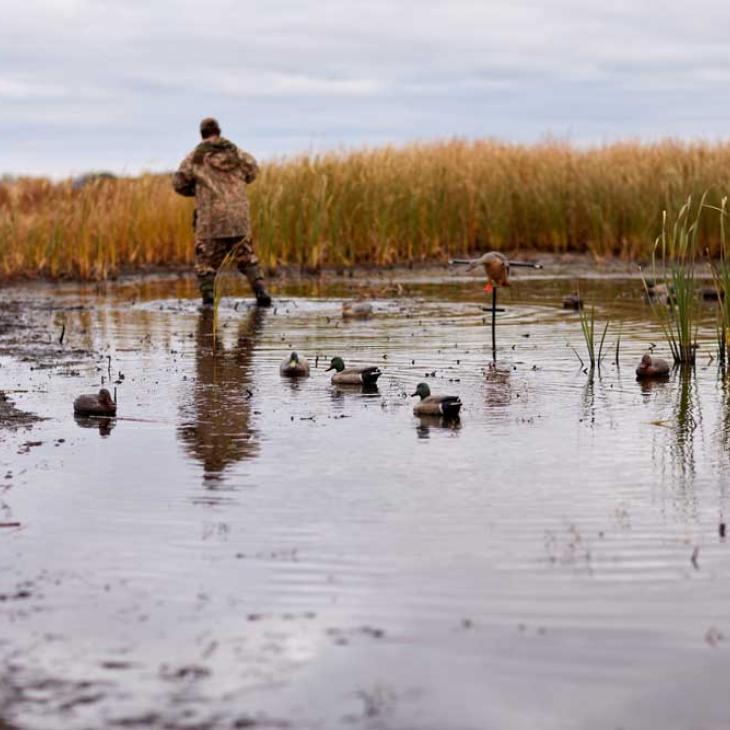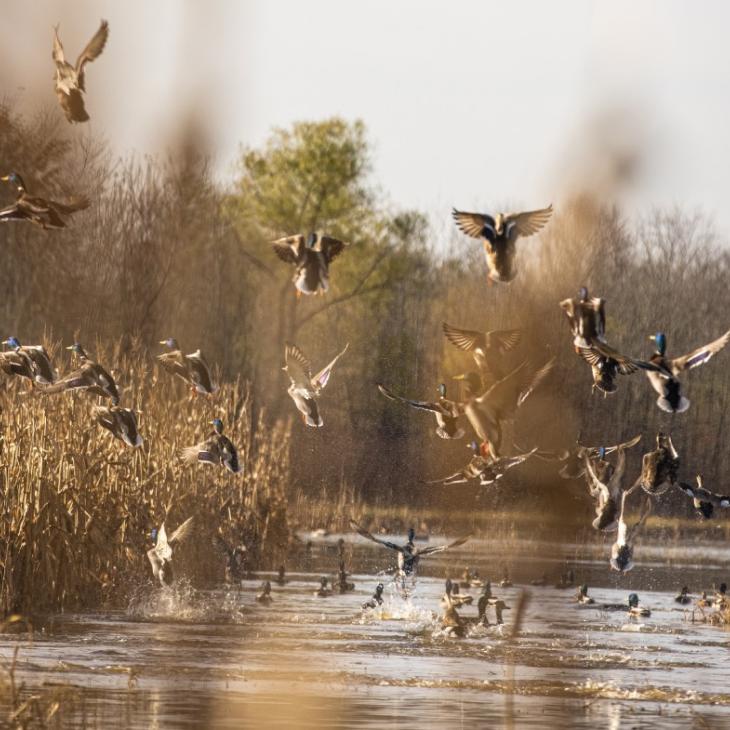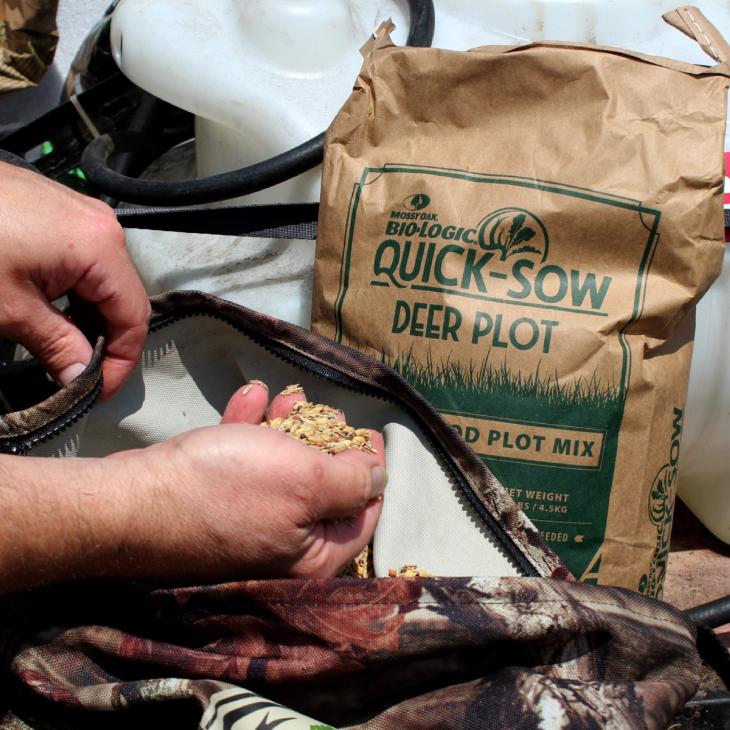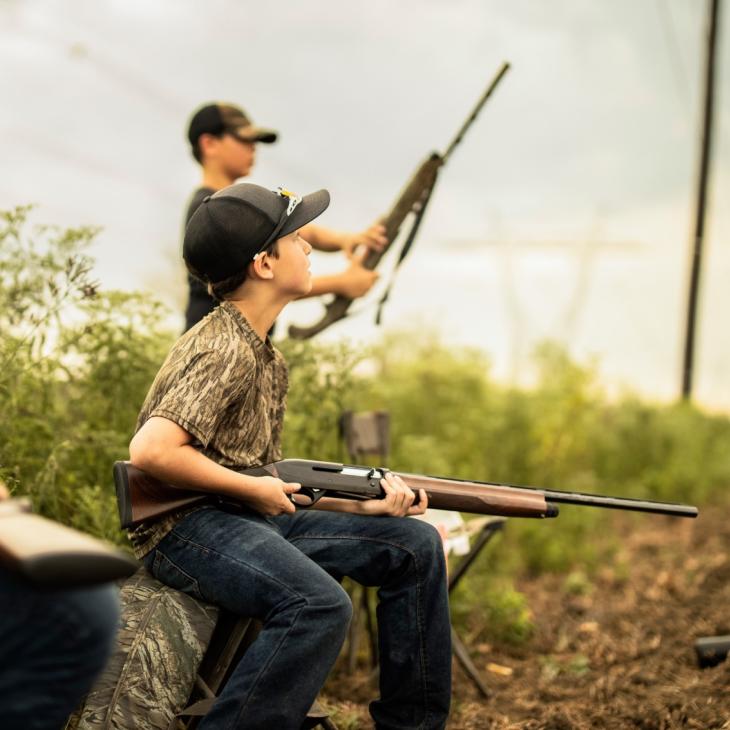Learn How to Best Plant Warm Season Food Plots
One of the most common mistakes in food plot plantings and farming for wildlife is improper timing relative to the crop and the region. For example, the growing period for warm season annuals can vary pretty widely across the nation. The northernmost part of the states and on into Canada could have as little as four to five months of temperatures conducive to growing spring/summer crops. This is all dependent on how quickly the winter snow melts and soil temperatures rise as well as when the


